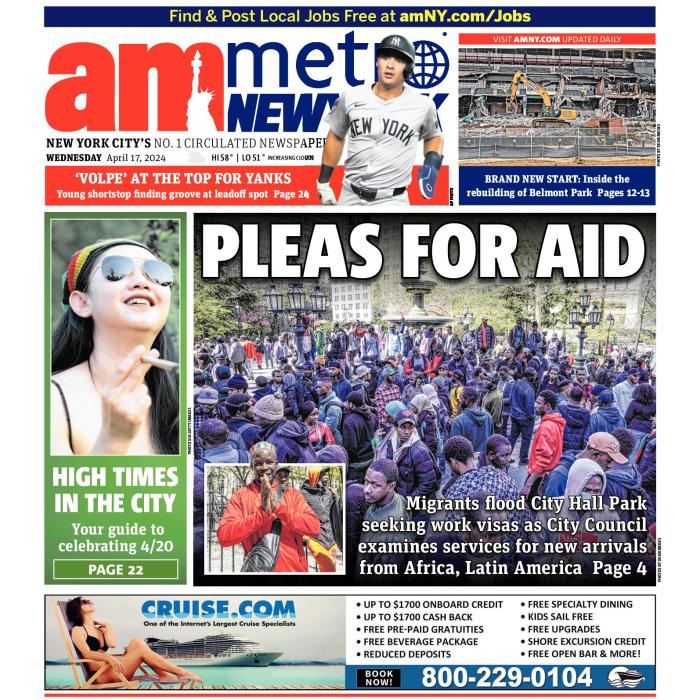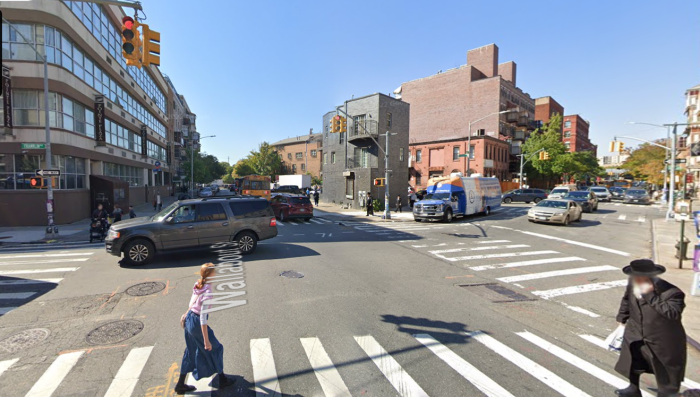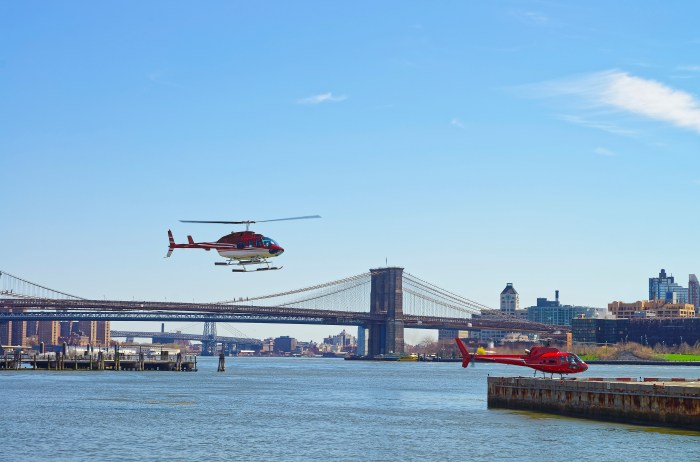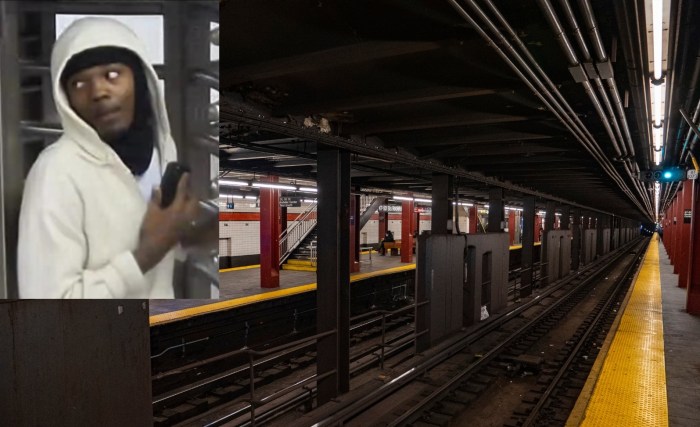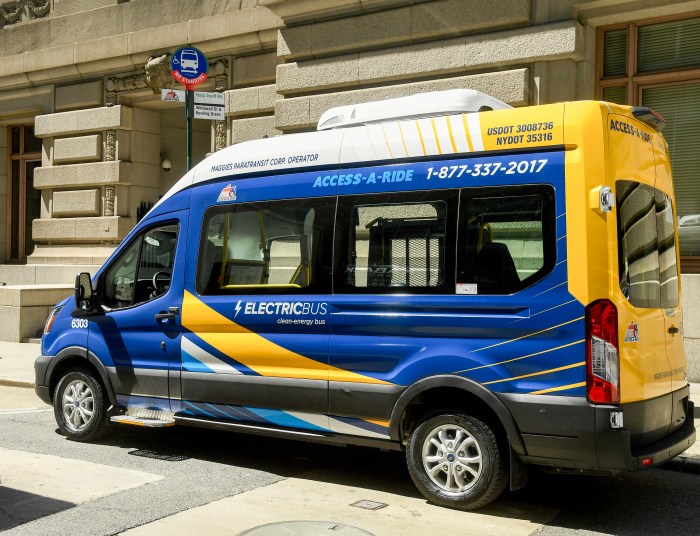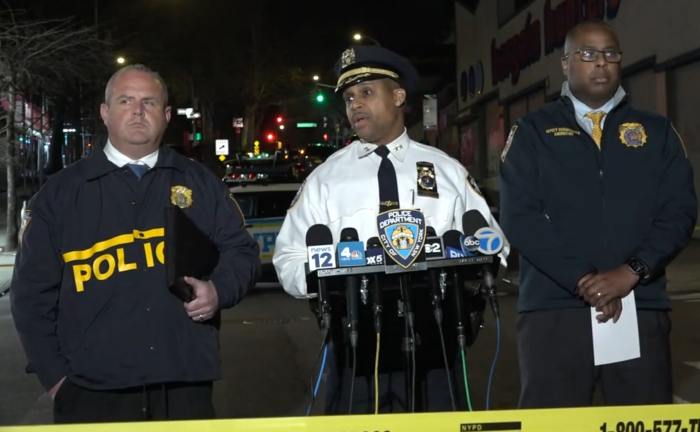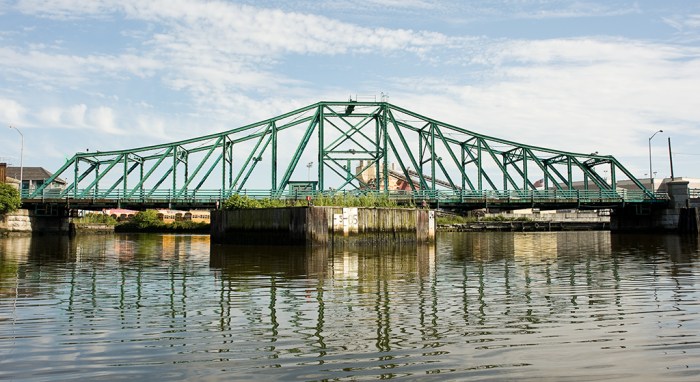
In an effort to control speeding around schools, the city Department of Transportation will finish the installation of 140 speed cameras Wednesday, just in time for the start of classes and about two months ahead of schedule, authorities said.
The initiative, which started last summer, includes 100 fixed cameras near schools and 40 mobile ones that can move anywhere within a quarter mile of a school.
The cameras will issue an automatic $50 fine to any car going more than 10 miles over the speed limit. Drivers will not gain points on their licenses.
“We want to have a program where people feel that you’re placing the cameras according to crash and speeding data — that you’re looking for a safety benefit and not a revenue generating benefit,” DOT Commissioner Polly Trottenberg said yesterday at a news conference in front of Grace Church School in Manhattan, one of the locations to get cameras. “We tried very hard to get it right and take our time and make sure we were really using the best data. That’s important to us.”
The DOT started installing the cameras last year as part of Mayor Bill de Blasio’s Vision Zero initiative.
The cameras are only active during school hours — including one hour before school starts and one hour after it ends — and during school activities, which vary by school.
According to the DOT, the program is working to deter drivers from speeding. For each camera there were an average of 69 violations issued per day by August — that is about a 60% decrease from September 2014, according to the data.
Trottenberg said the city had generated about $39 million in revenue since the program started last year, including $21 million in 2015.
A maximum of 140 locations are permitted to have the cameras, according to a state mandate.
